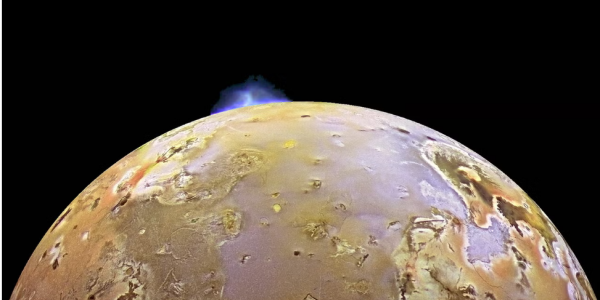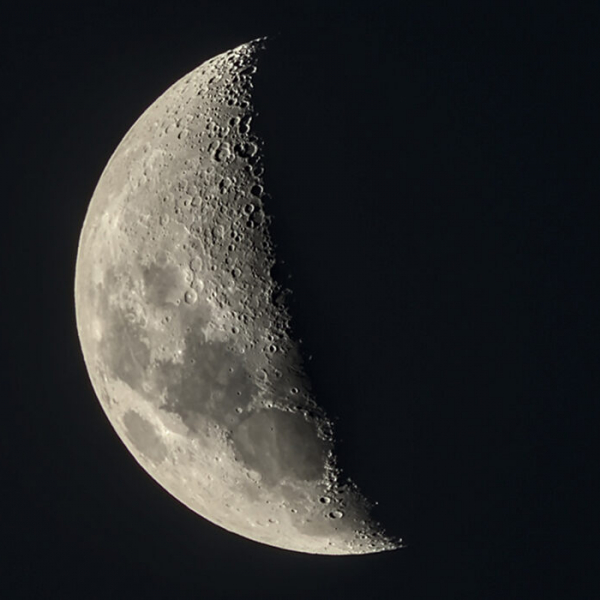Ryan Ogliore, Associate Professor of Physics and Fellow of the McDonnell Center for the Space Sciences at Washington University in St. Louis, has written an article for The Slate on Jupiter's moon, Io.
On March 9, 1979, Linda Morabito discovered a volcanic plume on Io, a moon of Jupiter, in one of the photos from Voyager 1. She wrote, “I could feel tears begin to roll down my face at the sight of a world more unexpected than imagination itself.… It was as if I had been gazing into destiny.”
In the 44 years since, Io has continued to amaze. Observations made by other spacecraft — Voyager 2, Galileo, Cassini, New Horizons, and currently, Juno — have revealed that Io is a dynamic hellscape of fire and ice. The surface temperature is a frigid 250 degrees below zero Fahrenheit, but Io’s volcanic eruptions produce extremely hot lavas that could be as high as 3,000 degrees (much hotter than we see today on Earth). Enormous lava lakes reaching more than 100 miles across dot Io’s surface. Fire fountains sporadically erupt and volcanic deposits change over a period of months. Amirani is the solar system’s longest active lava flow, stretching more than 200 miles. Io’s volcanic gases interact with Jupiter’s powerful magnetosphere to create the ominous-sounding “Io plasma torus,” bathing Io in radiation.
Towering mountains, in the shape of tilted blocks and more than twice as tall as Mount Everest, were likely formed by Io’s crust fracturing as Io continuously turns itself inside out. And just like we have ocean tides on Earth, Io has tides of rock: Its mountains rise and fall and rise again by 200 feet in 42 hours (the time it takes Io to orbit Jupiter). The tides are caused by the synchronous dance of the inner three Galilean moons (Io, Europa, and Ganymede) in a gravitational tug-of-war with Jupiter. The flexing and friction of rock tides creates the heat that fuels Io’s volcanism; the heating is so severe that an ocean of magma more than 30 miles thick likely lies beneath Io’s crust.
Ogliore is currently leading a group of scientists and engineers in developing an exciting robotic space mission to explore Io’s volcanoes the same way a human geologist would: by observing eruptions up close and bringing samples back to the lab. If selected as part of NASA’s New Frontiers Program, the mission will launch in the early 2030s, and will be implemented by NASA’s Jet Propulsion Laboratory. JPL pulls off daring feats of space exploration, like landing a car-sized rover on Mars (twice), which is why their motto is “Dare Mighty Things.”
The mission, named “Prometheus,” would go into orbit around Jupiter and fly by Io a few times to scope out the active volcanoes and their plumes. Then they would target one particular plume—most likely the Old Faithful of Io: Prometheus (after which our mission is named). Using autonomous navigation, we’d fly through the center of the plume several miles above Io’s surface while carefully avoiding those tall mountains. We would trap dust and gas within the plume in a pizza-sized collector while the rest of the spacecraft was safely shielded from impacts. With a powerful burn from the spacecraft’s rockets, the spacecraft would leave the Jupiter system and bring pieces of Io home for high-precision analyses in laboratories on Earth.





